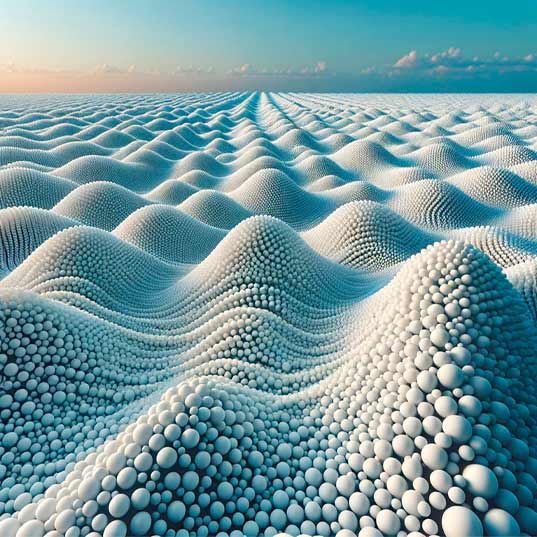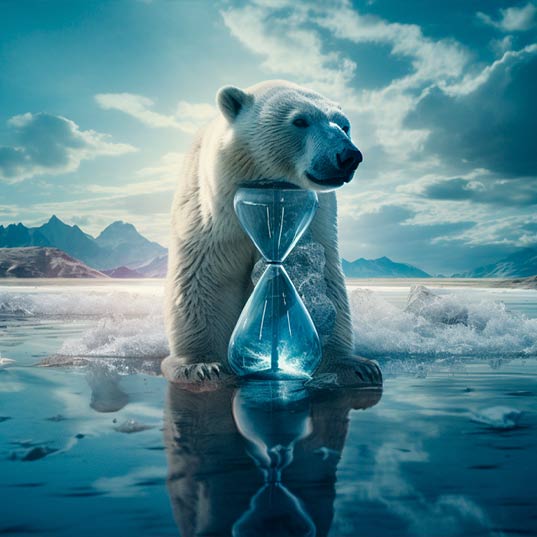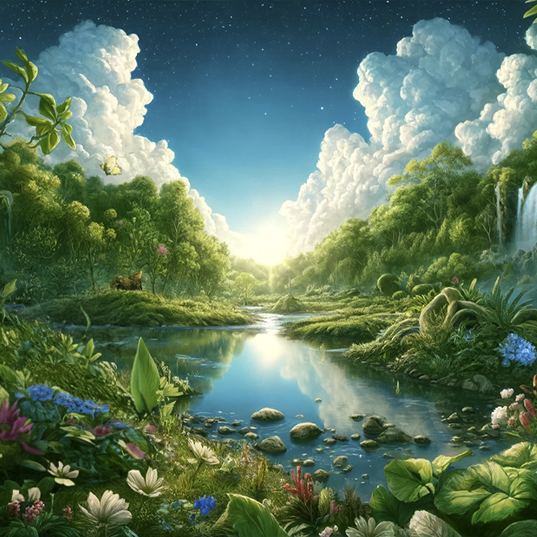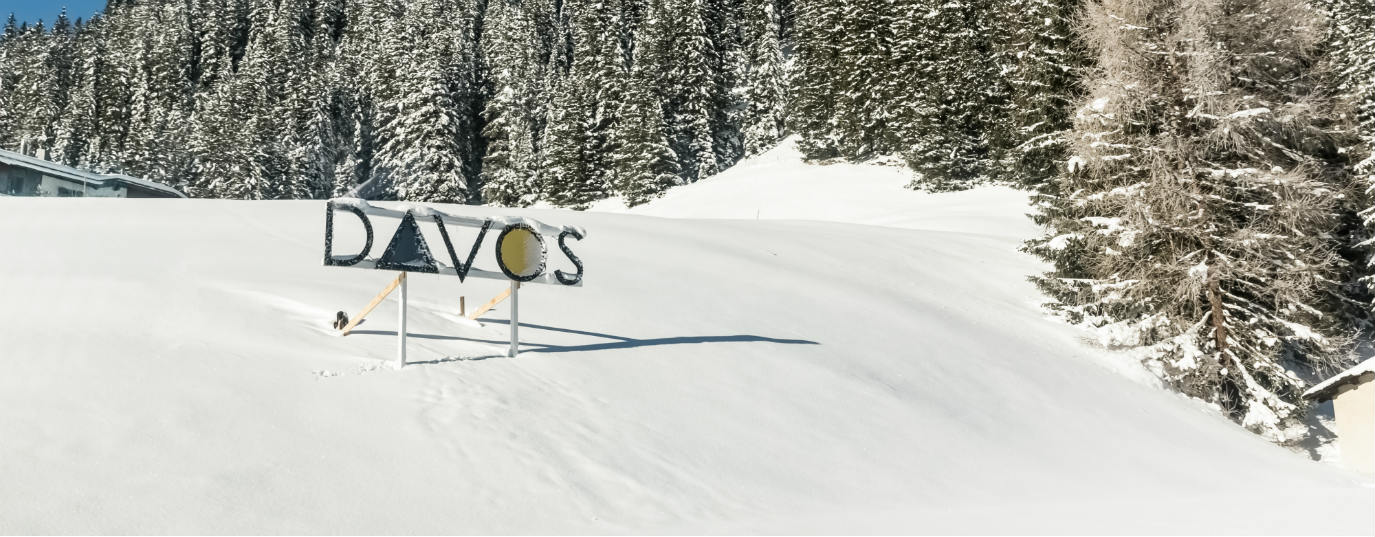The image of melting sea ice that overwhelms the world
A sled in Greenland advancing through a block of ice completely covered with water, a cold shower for the global warming negationists.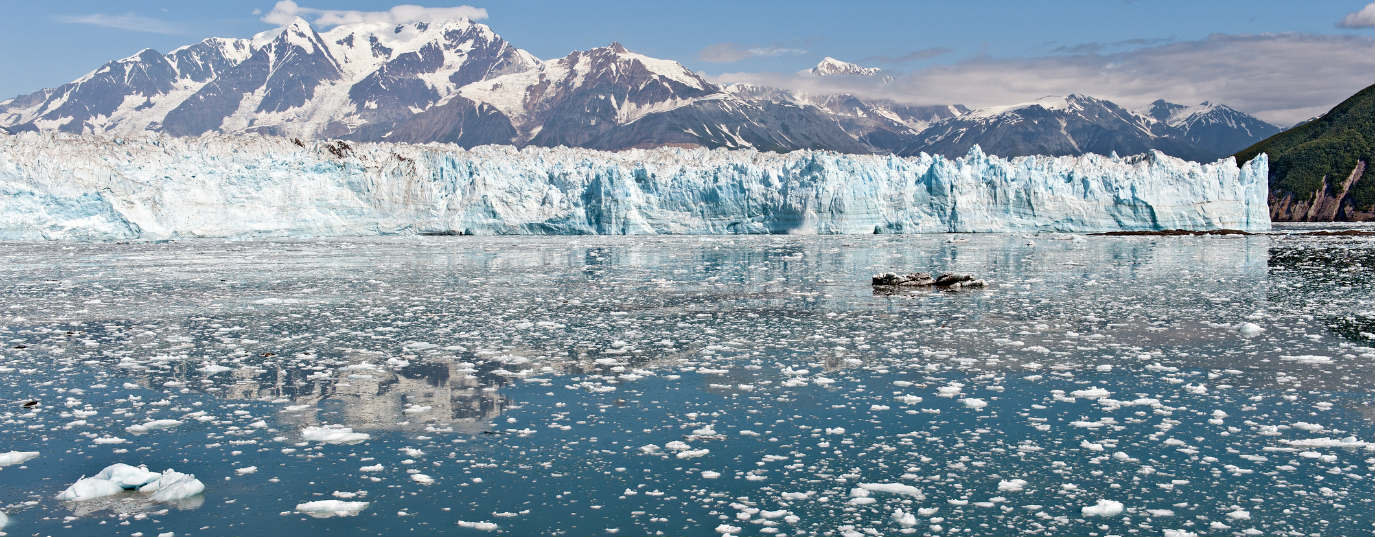
The image of a sled in Greenland advancing over an ice sheet completely covered with water is a cold shower for those who insist on ignoring the consequences of climate change.
The picture was taken and posted on Twitter on June 13 by Danish climatologist Steffen M. Olsen, who belongs to the Danish Meterological Institute. He took it as he was going to pick up some measuring devices planted in the ice and this unusual flooded landscape surprised him along the way.
Communities in #Greenland rely on the sea ice for transport, hunting and fishing. Extreme events, here flooding of the ice by abrupt onset of surface melt call for an incresed predictive capacity in the Arctic @BG10Blueaction @polarprediction @dmidk https://t.co/Y1EWU1eurA
— Steffen M. Olsen (@SteffenMalskaer) 14 de junio de 2019
The author of the image also spoke of the terrible consequences thawing could have for the population, by affecting transport, hunting or fishing.
Under the expanse of water, in an area located in northwest Greenland, there is a layer of ice of more than one meter, but no one knows how long it will last if the temperatures continue this way. In this area of the Earth, the maximum temperature in June is around 3.2 °C. Lately, though, the temperature has reached as high as 17.3°C. In fact, the amount of melted ice in Greenland at this time of the year is at its greatest since records began and this increase fits in with the scenario that 63% of Greenland's glaciers are retreating.
Under the expanse of water, in an area located in northwest Greenland, there is a layer of ice of more than one meter, but no one knows how long it will last if the temperatures continue this way. In this area of the Earth, the maximum temperatures in June are around 3.2 °C. Lately, though, the temperature has reached as high as 17.3°C. In fact, the amount of melted ice in Greenland is the highest at this time of the year since we have records and this global temperature increase is assuming that 63% of Greenland's glaciers are retreating.
Evolution of the North Pole melting
The melting of the North Pole is directly related to the increase in greenhouse gas emissions, particularly carbon dioxide (CO2). Since the 1970s, when satellite records began, the relationship between the increase in CO2 concentration in parts per million (ppm) could clearly be appreciated, as well as a global temperature increase and the disappearing ice surface.
In this infographic, you can clearly be appreciated how the quantity of ice at the North Pole is dwindling and how it will affect global warming during the rest of the century if we do not find solutions to the ice melting problem.
The willingness of governments to fulfill their part in the Paris Agreement is essential to stop climate change. There, most countries in the world agree to keep the increase in the global temperature of the planet below 2°C and strive to limit it to 1.5°C. Half a degree makes all the difference to life, the higher the temperature, the bigger the impact on the Arctic permafrost, 35% to 47% of which would melt with a rise of 2°C, down to 21% if the rise in the global temperature we suffer is 1.5°C.
To try to keep global warming to 1.5°C in the long term, the world will have to reduce CO2 emissions by 45% by 2030, with respect to 2010, and reach zero net emissions (carbon neutrality) by 2050. To do so, net annual emissions must be reduced to at least half of today’s, i.e. a cut from 52Gt to 25Gt per year.
The figures are alarming, but experts say we can stop climate change: we have the knowledge, the technology and the financial capacity To fight tooth and nail against climate crisis.


